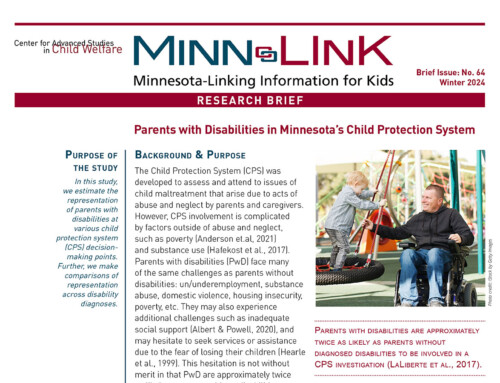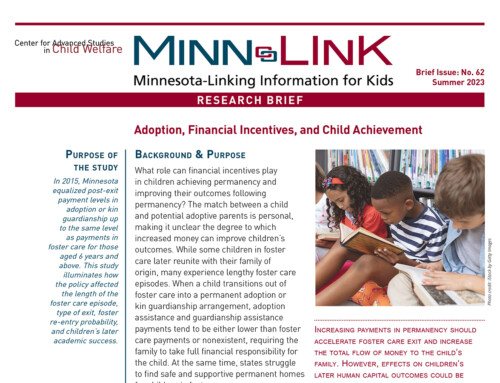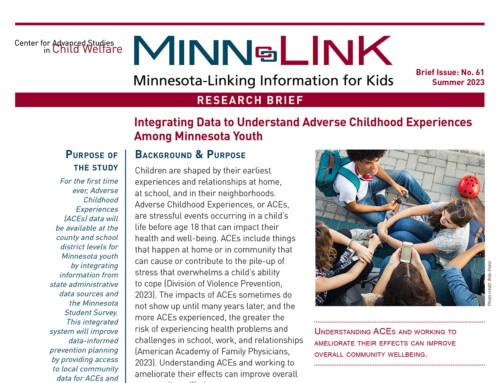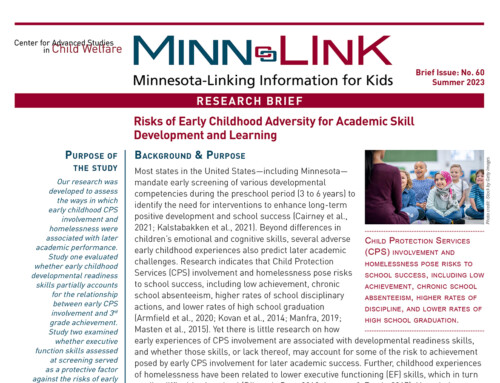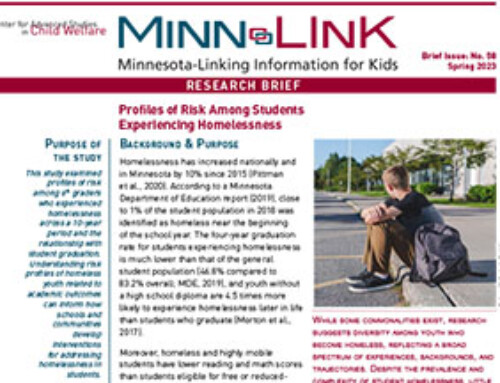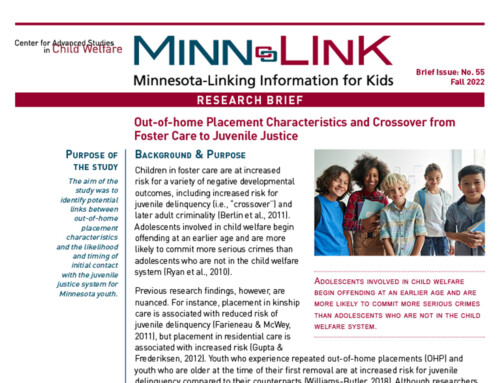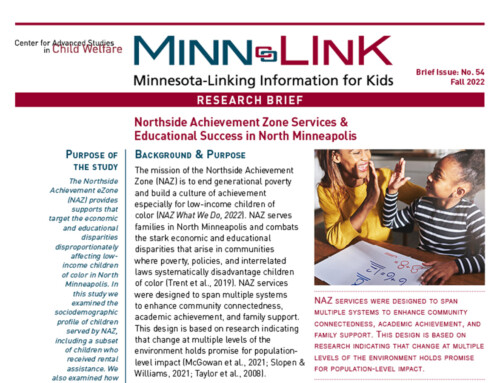Author: Jane F. Gilgun, PhD
Published: October 2020
Movement and creative art therapies are designed for work with survivors of sexual abuse and other traumas. The effects of traumas become encoded in the neural circuits of the brain and nervous system. They are experienced as dysregulations of emotions, thoughts, behaviors, and physiology. Trauma, therefore, creates distressing mind-body connections. Movement and creative art therapies rewire neural circuits, have positive effects on mind-body connections, and foster self-regulation.
Download
Practice Notes is published by the Center for Advanced Studies in Child Welfare (CASCW), School of Social Work, College of Education and Human Development, University of Minnesota. This issue was supported, in part, by grant #GRK129722 from Minnesota Department of Human Service, Children and Family Services Division. This work was also supported, in part, by grants from the National Institute on Disability, Independent Living, and Rehabilitation Research (NIDILRR grant number 90DPGE0001), and the Minnesota Agricultural Experiment Station (Grant #55-055). The opinions expressed are those of the authors and do not necessarily reflect the views of the Center, School, College, University or their funding source.

